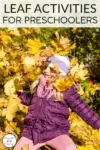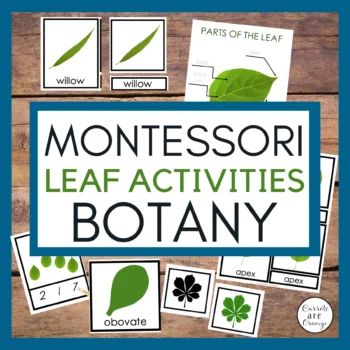I earn commissions from my affiliated links. Please see my disclosure policy for more details.
As September rolls around, it’s time to put on our adventure hats and dive into the vibrant world of Montessori Leaf Activities for Preschoolers. These activities aren’t just about keeping the little ones entertained – they’re about cultivating a sense of wonder, discovery, and connection with the natural world.
So, whether you’re a seasoned educator or a parent looking to spark some leafy joy, these activities are tailor-made to set young minds abuzz with excitement. Let’s leave boredom behind and jump into the wild world of leafy explorations!
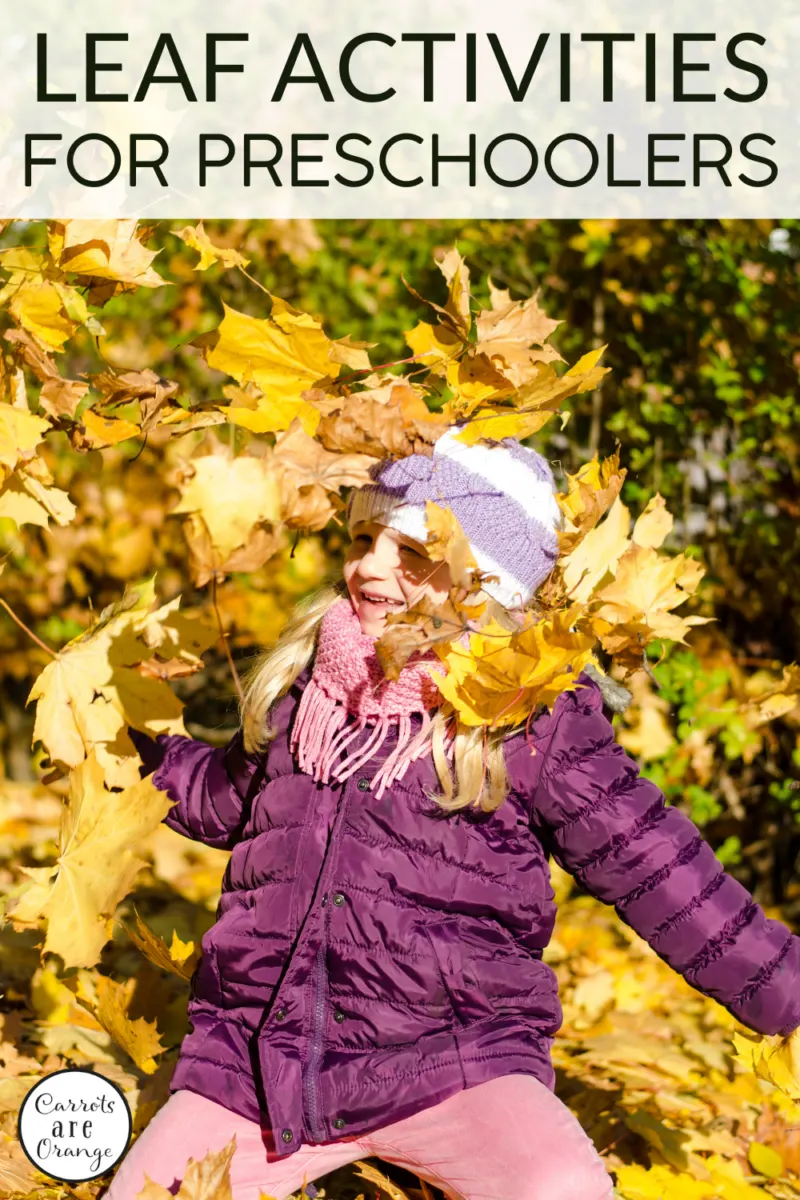
How do you teach preschoolers about leaves?
Teaching preschoolers about leaves can be a fun and engaging learning experience. Here are some creative and interactive ways to do it:
- Nature Walks: Take the children on a nature walk to a nearby park or garden. Show them different types of leaves, let them touch and feel the textures, and point out the various colors and shapes. Encourage them to collect leaves and bring them back to class.
- Leaf Sorting: Provide a variety of leaves in different sizes, shapes, and colors. Have the children sort the leaves based on these attributes. This helps them develop their observational skills and categorization abilities.
- Leaf Rubbings: Place leaves under a piece of paper and let the children use crayons or colored pencils to make leaf rubbings. This allows them to explore the textures and patterns of the leaves.
- Leaf Art and Crafts: Engage children in creative activities like leaf painting, leaf collages, or making leaf animals. They can use leaves as natural stamps or arrange them into different patterns and pictures.
- Leaf Science: Introduce basic concepts of how leaves work. Explain how leaves help plants make food through photosynthesis. You can keep the explanation simple and use visual aids like diagrams or videos.
- Leaf Identification: Create a simple chart with pictures of different types of leaves. Help the children identify and match the leaves they collected during the nature walk with the pictures on the chart.
- Storytelling: Share age-appropriate stories or books that revolve around leaves and nature. This can spark their imagination and interest in learning more about leaves.
- Leaf Sensory Play: Set up a sensory table with different types of leaves, twigs, and other natural materials. Children can touch, smell, and explore items using their senses.
- Leaf Games: Organize games like “Guess the Leaf” where you describe a leaf’s characteristics and the children try to identify it from a collection. You can also play games that involve arranging leaves by size, color, or shape.
- Leaf Songs and Rhymes: Teach them songs or rhymes related to leaves. Incorporate movement and actions that mimic the rustling of leaves or the way trees sway in the wind.
- Leaf Journal: Create a simple leaf journal for each child. They can paste leaves they’ve collected, draw pictures of the leaves, and make notes about their observations.
- Lifecycle of a Leaf: Explain the lifecycle of a leaf, from bud to maturity, changing colors in the fall, and eventually falling off. Use visuals or small props to demonstrate these stages.
Remember that preschoolers learn best through hands-on experiences, sensory activities, and play. Keep the activities simple, interactive, and age-appropriate, and allow them to explore and discover at their own pace.
What are the different types of leaves for preschoolers?
Teaching preschoolers about the different types of leaves can be a fun and engaging way to introduce them to nature and the diversity of plant life. Here are some common leaf types that you can explore with preschoolers:
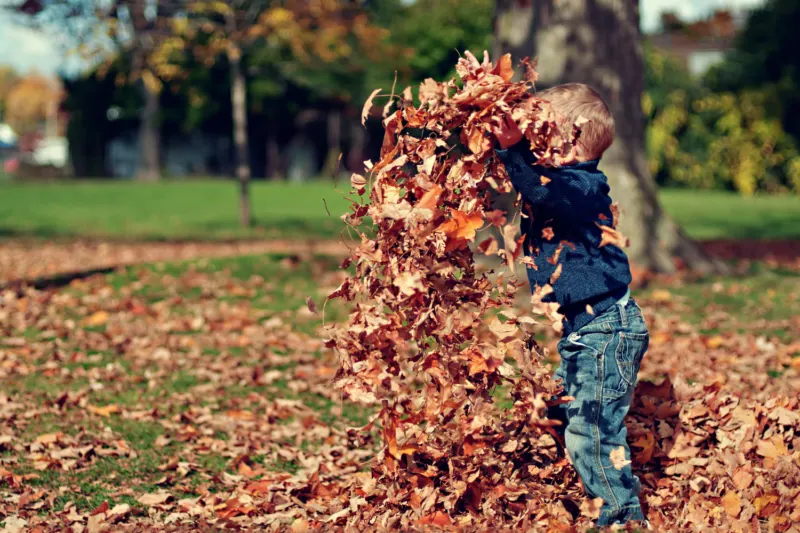
- Simple Leaves: These leaves have a single blade and can vary in size, shape, and texture. Examples include maple leaves, oak leaves, and heart-shaped leaves.
- Compound Leaves: Compound leaves are made up of multiple leaflets attached to a single leaf stalk or petiole. Clovers and ferns have compound leaves.
- Needle-like Leaves: These leaves are long, slender, and often pointed. They are commonly found on coniferous trees like pine, spruce, and fir.
- Scale Leaves: Scale leaves are small and often overlap, giving a scaly appearance. They can be found on plants like cacti and certain types of bulbs.
- Palmate Leaves: Palmate leaves have multiple lobes that radiate from a central point, resembling the shape of a hand with fingers spread out. Examples include the leaves of the horse chestnut tree.
- Pinnate Leaves: Pinnate leaves have a feather-like arrangement of leaflets along a central vein. Walnut and ash trees have pinnate leaves.
- Round or Oval Leaves: Leaves that are roughly circular or oval in shape, such as those of the magnolia tree.
- Serrated Leaves: Leaves with a jagged or saw-toothed edge. Examples include the leaves of the oak tree.
- Smooth Leaves: Leaves with a smooth, even edge, like those of the beech tree.
- Variegated Leaves: Leaves with different colors or patterns, often a mix of green and white, or green and yellow. Some ornamental plants have variegated leaves.
When teaching preschoolers about leaves, you can use hands-on activities such as leaf rubbings, leaf identification games, and nature walks to help them explore and learn about the various leaf types. Keep the lessons interactive, age-appropriate, and enjoyable to spark their curiosity about the natural world.
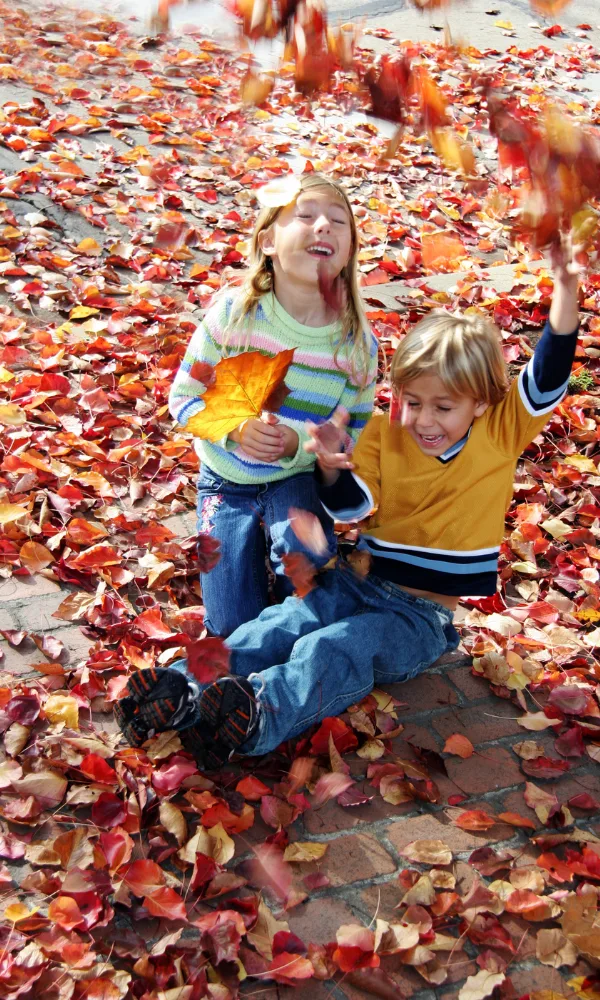
Leaf Art Extravaganza: Colors of Nature
Painting with Leaves
Alright, folks, it’s time to unleash your little Picassos with some leafy inspiration! We’re talking about painting with leaves, a creative activity that blends nature’s beauty with artistic expression. Here’s how to get started:
- Leafy Canvas: Head outdoors to gather an assortment of leaves in different shapes and sizes. Lay out a blank canvas or a piece of sturdy paper, and secure the leaves with some tape or a dab of non-toxic glue.
- Color Explosion: Provide your preschooler with a palette of vibrant, washable paints. Let them dip the leaves into the colors and press them onto the canvas. Voilà! A masterpiece that celebrates the shades of nature.
- Leaf Stamps: Alternatively, you can transform leaves into natural stamps. Coat the leaves with paint and press them onto paper to create beautiful leafy patterns.
Leafy Collage
What’s the scoop on leafy collages? Imagine your little ones creating an artwork that’s as diverse as a rainforest! Here’s how to make it happen:
- Leaf Collection: Venture outdoors for a leaf-hunting expedition. Encourage your preschooler to collect leaves of different shapes, colors, and textures. It’s a treasure hunt they won’t soon forget!
- Collage Creation: Provide a large sheet of construction paper as the backdrop for their masterpiece. Offer some child-friendly glue and let them arrange and stick the leaves onto the paper. It’s a symphony of shapes and colors coming together!
- Personal Touches: Extend creativity by adding googly eyes, yarn, or other craft materials to enhance the collage. The result? A leafy masterpiece that’s a feast for the eyes!
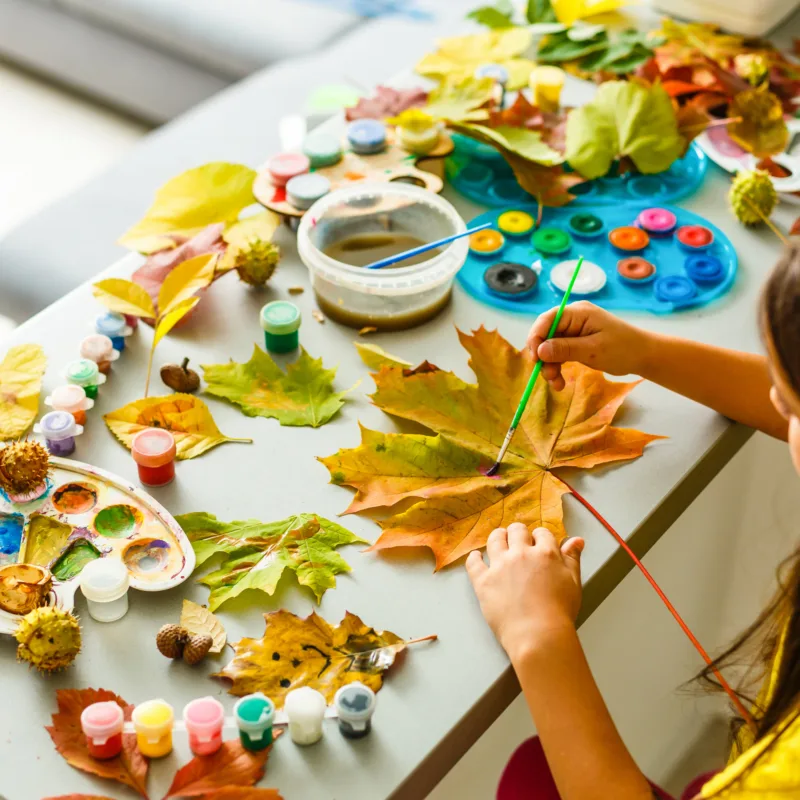
Leafy Learning Adventures: Science and Exploration
Leaf Identification
Alright, adventurers, it’s time to become leaf detectives! Engage your preschoolers in a hands-on lesson on leaf identification. Here’s the plan:
- Leaf Collection: Equip your mini-explorers with magnifying glasses and a small bag. Head outdoors and challenge them to gather leaves from various trees. Make it a game to find leaves of different shapes—like stars, hearts, or even teardrops.
- Classifying Fun: Back indoors, create a leaf sorting station. Provide a large sheet of paper with categories like “Smooth,” “Serrated,” “Pointed,” and “Round.” Help your preschooler classify their leaf collection based on these features.
- Leafy Booklet: Transform their findings into a mini field guide. Glue the leaves onto sheets of paper, labeling each with its name and the tree it came from. It’s a leafy keepsake that doubles as a learning tool!
Leafy Science Experiments
Hold onto your lab coats, folks, because we’re about to dive into some leafy science experiments that’ll leave your preschoolers in awe! Grab your safety goggles and let’s get started:
- Color Extraction: Ever wondered why leaves change color in the fall? Let your little Einsteins explore this phenomenon. Crush a few leaves and mix them with rubbing alcohol in a jar. After a day or two, filter out the liquid and take a peek at the colorful pigments left behind.
- Leafy Decay: It’s time for a lesson in decomposition! Collect a variety of leaves and place them in separate containers with soil. Observe and document how each type of leaf decays over time. It’s a hands-on lesson in the circle of life!
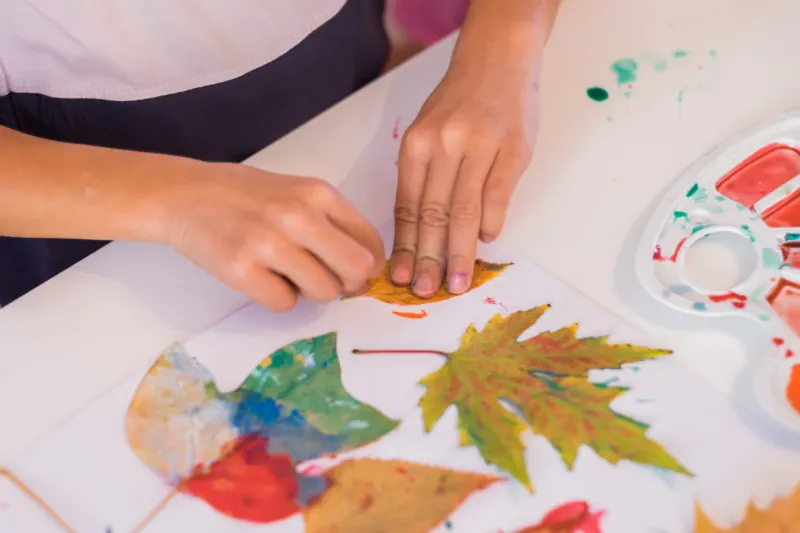
There you have it, fellow adventurers and educators—a treasure trove of leaf activities that are as diverse as the foliage itself! These engaging and interactive activities will not only nurture your preschoolers’ creativity but also provide valuable lessons about nature, science, and exploration.
So, next time you’re pondering how to keep your little learners entertained and educated, remember the wonders of “Leaf Activities for Preschoolers.” Get ready to create, discover, and paint the town… or rather, the leaves, red with excitement!

